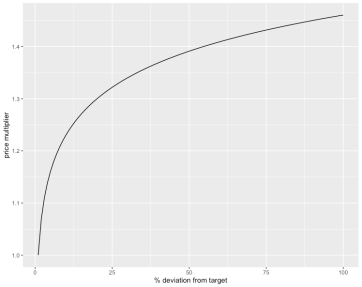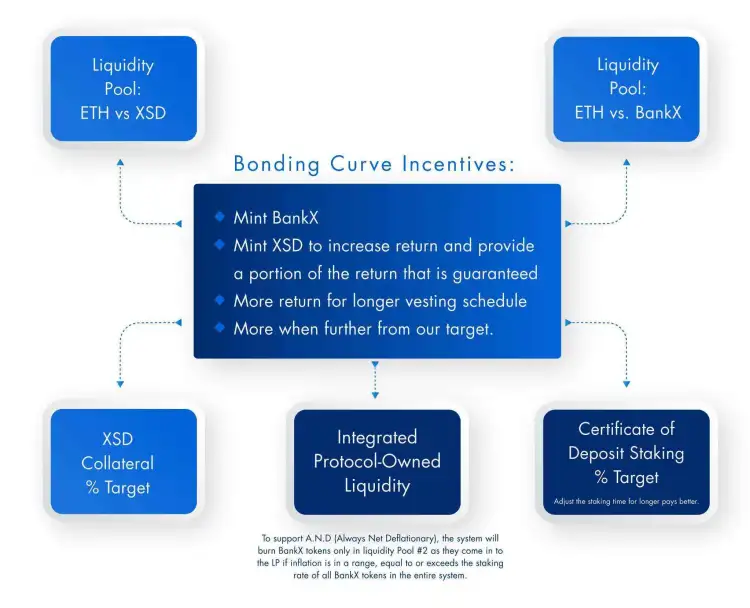As many of you might know I have a large passion for tokenomics, a topic I have researched and written about a lot over the last few years. I had the chance to get involved very recently in a tokenomics audit, which has been one of the most interesting projects I have ever done.
This audit was for a project called BankX.
BankX is a partially collatelarised stablecoin. We have talked about stablecoins in another recent article, where we had the opportunity to compare different metrics around them, such as their peg stability. That work was directly connected to the BankX tokenomics audit.
BankX is using a combination of very interesting tokenomics mechanisms which have never seen before in a stablecoin. It combines elements of projects like Frax, Terra-Luna, and Hex, with its own unique blend of methods.
How to do a tokenomics audit
Creating a tokenomics audit for a blockchain project presents its own unique set of challenges. The main challenge with tokenomics is that you are trying to create an incentive structure while also making a large number of interconected assumptions.
There are two main tools I like to use when auditing tokenomics structures:
- Similarity to existing projects. Are there are any other projects with similar goals, objectives, structures, etc.?
- Marginal cases. Are there any extreme cases where the system would break down?
The good thing with BankX is that it is a stablecoin, which gave us plenty of things to work with, since we could get data from existing projects.
The challenge was that BankX is quite innovative, incorporating some new mechanisms such as Integrated Protocol Owned Liquidity, and the use of bonding curves.

Example of a bonding curve that is used for integrated protocol owned liquidity within BankX
Some other things we did in order to help us put structure into the audit were:
- Define and prioritise the goals of the system.
- Break down each and every mechanism the system uses to achieve those goals
This helped improve the organisation of the audit, and the final outcome. The ultimate goal of an audit is to convince an informed reader that a system could work.

The BankX integrated liquidity system
While I am a big fan of agent-based modelling, we didn’t have to resort to this for this particular audit. Instead, we used data from other stablecoin projects, as well as game theory.
BankX tokenomics audit
After months of hard work, we managed to put everything together on a 20-page document. You can find the full audit here. I hope that this audit will also help improve the standards in how tokenomics systems are being designed.
I believe that as the blockchain space grows and with more and more projects coming up in areas like DeFi, it becomes even more important to set good standards on how protocols are being designed, built and audited.
That’s why I keep doing the work that I am doing. 🙂
As always, if you have any questions, or you want to talk about tokenomics, AI, blockchain or pretty much anything, feel free to get in touch.

